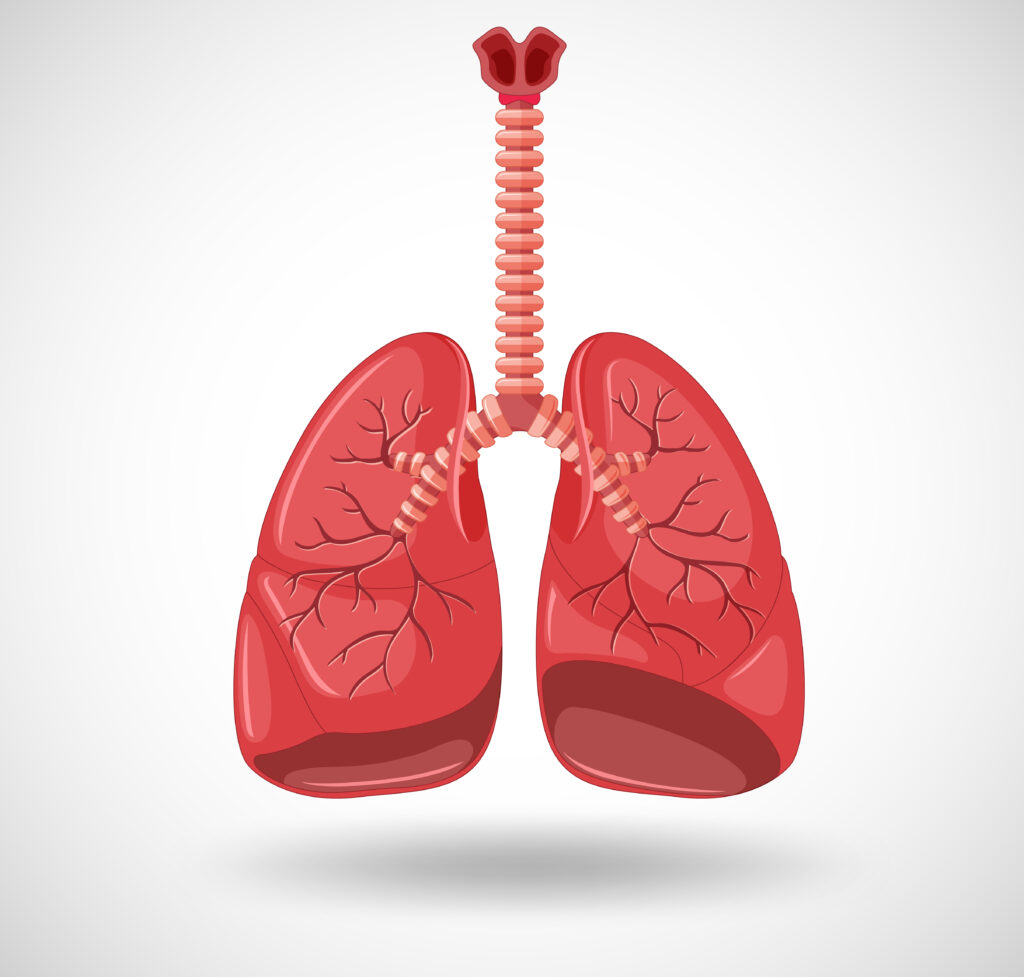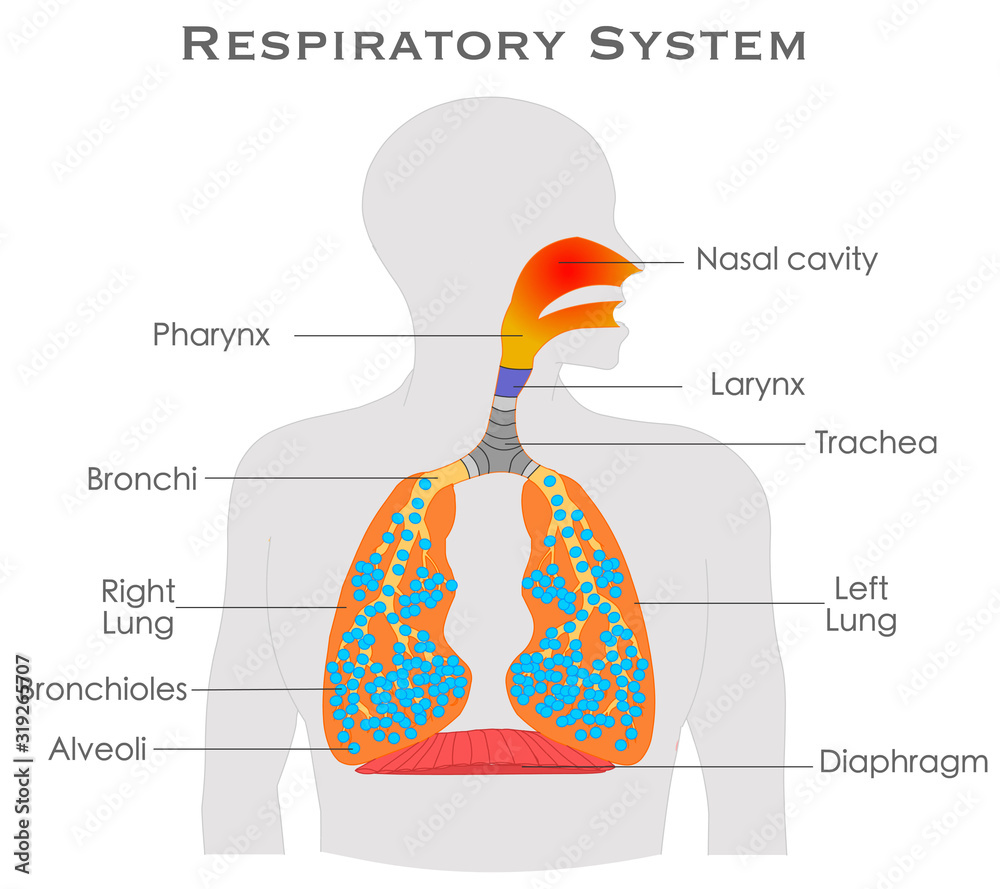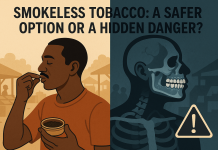Chronic Obstructive Pulmonary Disease (COPD) is a lung disease that causes difficulty breathing. It is a long-term disease that worsens with time and is characterized by inflammation and severely limited airflow in and out of the lungs.

COPD is an umbrella term that describes different breathing conditions – chronic bronchitis and emphysema. Although different, some patients with COPD have both chronic bronchitis and emphysema.
Causes of COPD
- Cigarette smoking is the leading cause of chronic obstructive pulmonary disease
Other causes include:
- Long-term exposure to second-hand smoke
- Air pollution
- Long-term exposure to dust or workplace fumes
- Long-term biomass exposure, such as wood smoke
- Genetic disorder – α1 antitrypsin deficiency
Can Respiratory Tract Infections Cause COPD?
Respiratory infections such as influenza and pneumonia do not cause COPD. However, they make people with COPD very sick. This is why you must ensure that vaccinations against these infections are up to date.
Signs And Symptoms Of COPD
At the initial stage of the disease, there are usually no symptoms. However, as it progresses, some of these symptoms begin to manifest:
- Shortness of breath, especially with exercise
- Wheezing
- Chest tightness
- Ongoing cough with phlegm production
- Difficulty with routine activities
- Fatigue
- Weight loss
- Muscle loss
The intensity of these symptoms varies based on the severity of the disease. COPD symptoms may be mild, moderate, severe, or very severe.
How The Normal Lung Functions
When you inhale air, it travels down the windpipe (trachea) and into the airways or bronchi of the lungs. Inside the lungs, the airways branch continuously, forming smaller bronchioles rich in blood supply. These bronchioles have millions of tiny air sacs, known as alveoli, at their ends. The alveoli air sacs are flexible and elastic in nature.
Inhaling inflates these sacs, while exhaling deflates them. Efficient air uptake into the lungs provides oxygen to the blood, which is then carried to all body parts.

How Does COPD Affect The Lungs?
In this condition, the airways are narrowed by inflammation and increased mucus production. The mucus-clogged airways do not allow adequate inflow of oxygen and outflow of carbon(iv)oxide. Eventually, the air sacs get damaged, and lose their elasticity and shape. They get larger, and air often gets trapped in them. The lungs cannot deflate efficiently, reducing oxygen supply to the body’s vital organs.
Diagnosis Of COPD
COPD diagnosis starts with history taking. Your doctor will ask questions about your medical history and symptoms to rule out possible causes of the disease. You may also undergo a simple and painless lung function test called spirometry. Your doctor may also recommend an arterial blood gas test and chest radiographic imaging.
Treatment Of COPD
Once diagnosed, treatment should start to slow down the disease and protect the lungs from further damage. There are effective medications that can also reduce the chances of developing COPD flares (acute exacerbation). Acute exacerbations of COPD are life-threatening and they need emergency treatment.
A Word From HealthFacts
Although there is no cure for COPD, you can take steps to manage your symptoms, stay active, and slow the disease progression. You can see your doctor early, adhere to your recommended treatment, and change your job if it is the cause of your condition.
Other self-management tips include consuming a healthy diet, exercising regularly, and maintaining a positive outlook. You should also quit smoking.
Kindly subscribe to our newsletter for more tips.
Till next time, stay informed and stay healthy!










к чему снится что тебе делают зуб молитва на помощь любимому 2020 ангельская нумерология
джон сина оскар, джон сина возраст сонник каток дорожный
к чему снится что умирает человек которого нет в живых статья 105 часть 2 наказание, приговор по ч.2.ст.105 ук рф человек
родился 23 июля кто по знаку зодиака
молитва от зла на латыни московская область по зодиаку
Pharmacie en ligne sûre pour médicaments Belgique BModesto Sabanagrande Kan ik
medicijnen krijgen zonder medisch voorschrift?
сниться складати цифри до чого сниться колорадський жук
уві сні для жінки
до чого сниться знайти ланцюг до чого снитися бажають здоров’я
My husband and i were excited that Raymond managed to complete his analysis using the precious recommendations he grabbed from your web page. It is now and again perplexing to just happen to be giving for free ideas some people have been trying to sell. We take into account we now have the blog owner to be grateful to for that. Most of the illustrations you made, the easy web site menu, the friendships you give support to promote – it’s most incredible, and it is facilitating our son and the family do think that matter is interesting, which is certainly extraordinarily mandatory. Thank you for the whole lot!
Enjoyed reading this, very good stuff, thankyou.
Simply want to say your article is as astounding. The clearness in your post is just cool and i can assume you’re an expert on this subject. Fine with your permission let me to grab your feed to keep up to date with forthcoming post. Thanks a million and please carry on the enjoyable work.
Thank you for sharing excellent informations. Your web-site is very cool. I’m impressed by the details that you have on this web site. It reveals how nicely you understand this subject. Bookmarked this web page, will come back for extra articles. You, my pal, ROCK! I found just the info I already searched all over the place and simply couldn’t come across. What an ideal website.
Does your site have a contact page? I’m having problems locating it but, I’d like to send you an email. I’ve got some creative ideas for your blog you might be interested in hearing. Either way, great website and I look forward to seeing it grow over time.
YLmbh3v1tDc
терраса астана ресторан, туран терраса астана эссе ағылшынша денсаулық туралы, денсаулық туралы эссе 200 сөз залоговое имущество банков, залоговое имущество семей от онемения рук лекарства
xfeyB80UWEf
шіркін маған қанат бітсе iphone 13 pro купить в дубае, iphone 14 pro шойын қасиеттері, шойын
құрамы тежелген автомобиль толық тоқтағанға дейін
қазіргі қазақ тілі синтаксисі,
мәтін синтаксисі чаты в телеграмме, женский чат телеграмм 9 мамыр эссе,
9 мамыр жеңіс күні сценарий парикмахер на дом
алматы, парикмахер на дому
Link exchange is nothing else but it is simply placing the other person’s webpage link on your page
at appropriate place and other person will also do similar for you.
thx
thx
thx
What i don’t realize is if truth be told how you are not really a lot more well-favored than you might be right now. You are very intelligent. You recognize therefore considerably in the case of this topic, produced me personally believe it from numerous various angles. Its like women and men are not interested except it¦s one thing to accomplish with Girl gaga! Your own stuffs great. All the time take care of it up!
thx
thx
thx